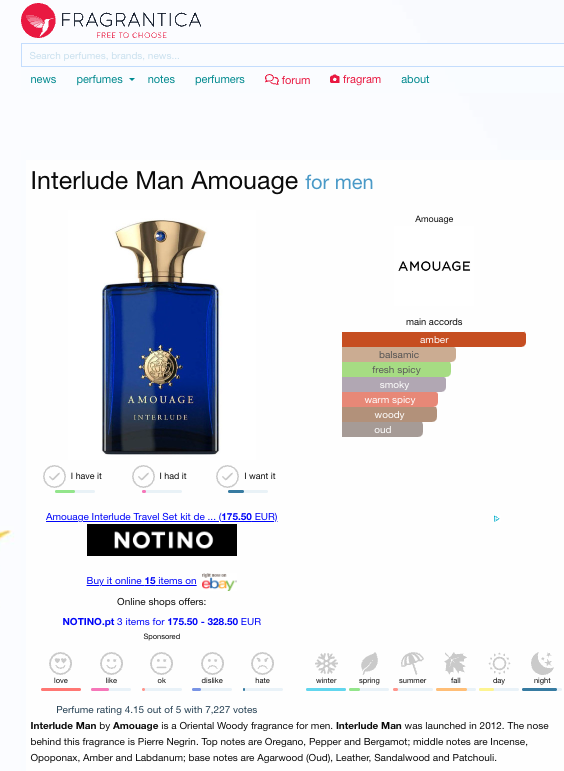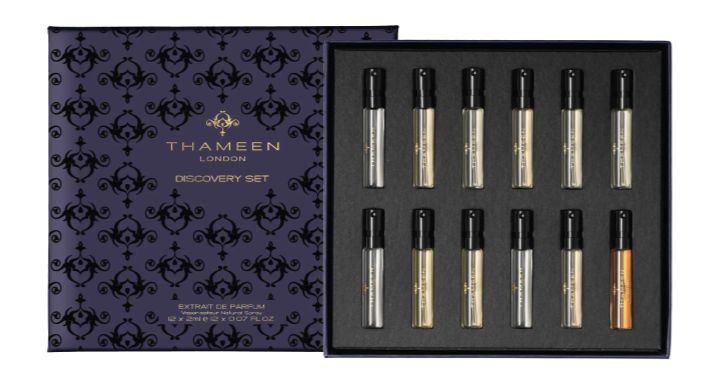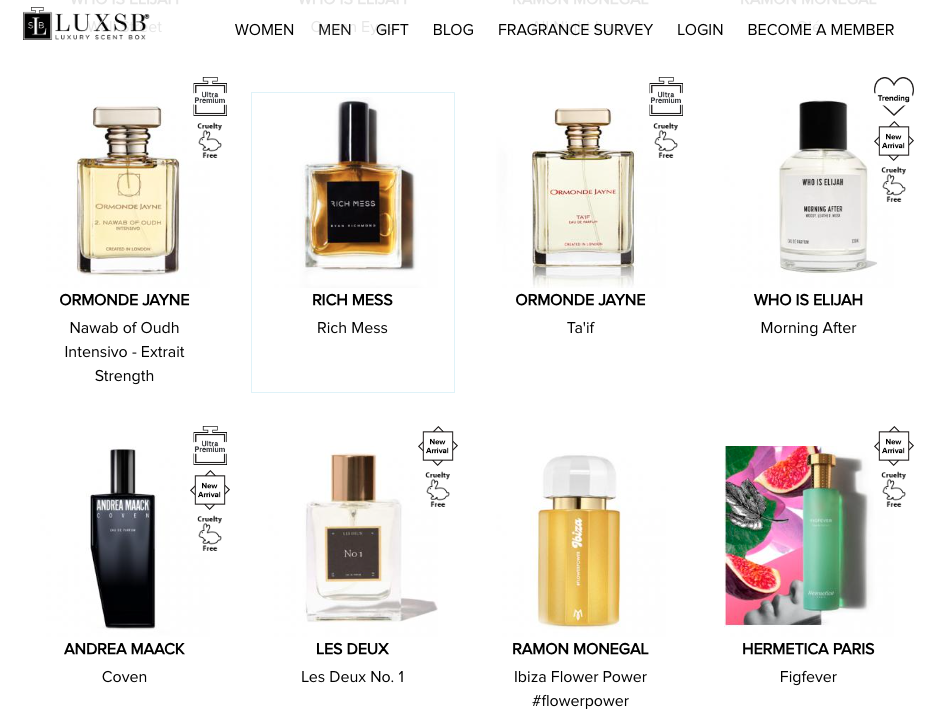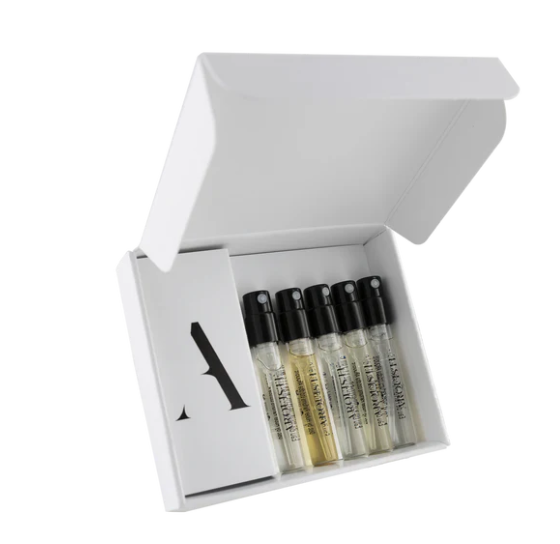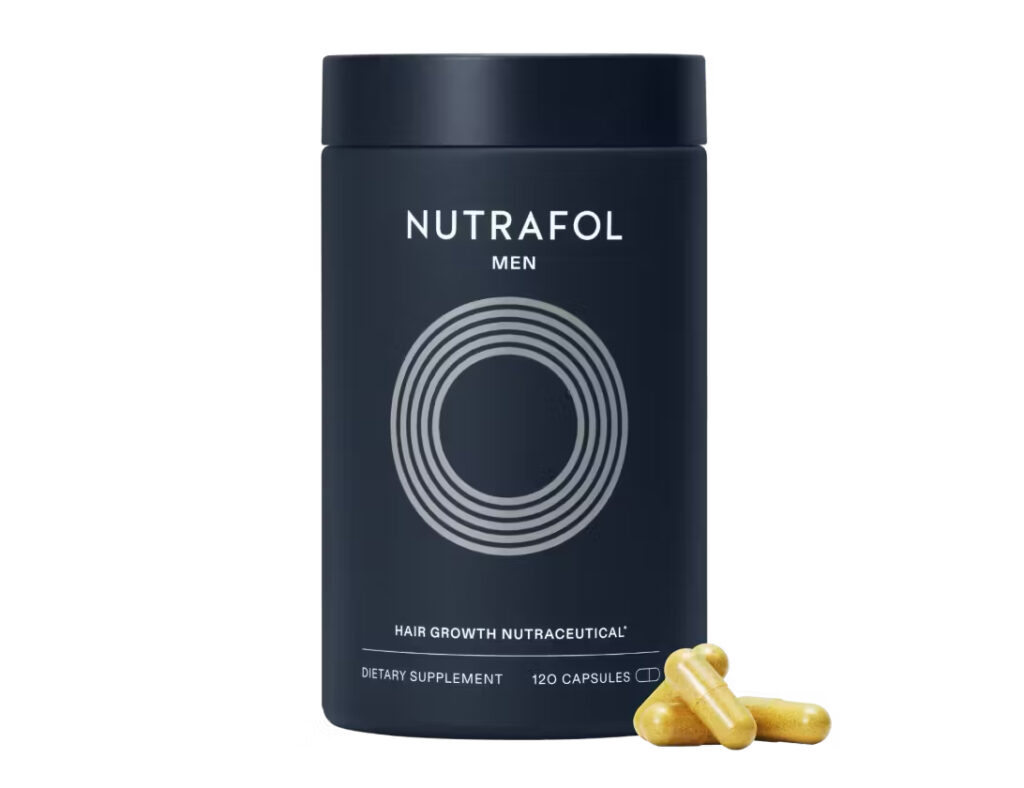ADVERTISEMENT

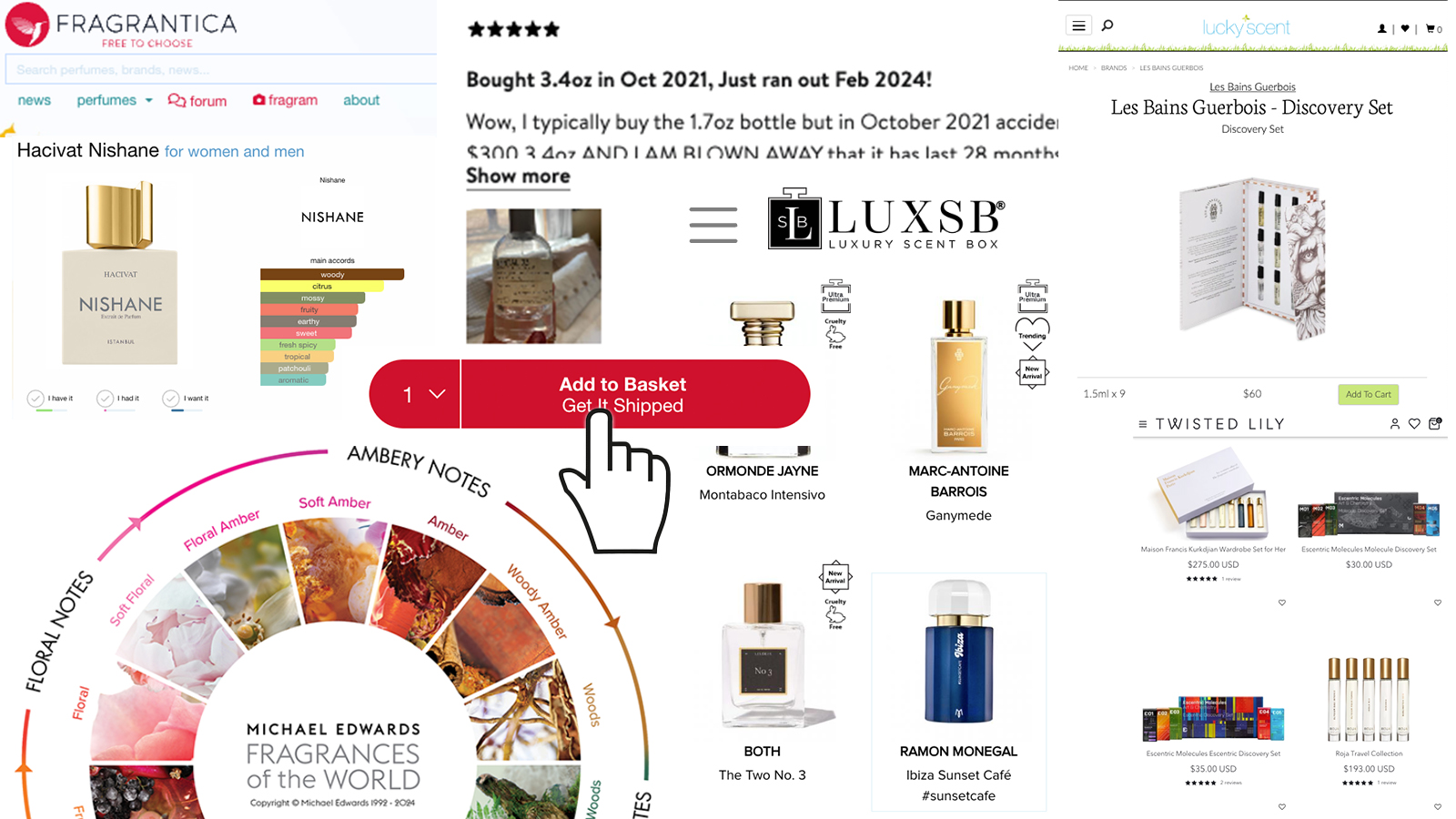
How to Find the Best Men’s Cologne (Especially If Shopping Online)
First, brush up on your fragrance vocabulary and scent families, then use the web’s best resources in order to find a great men’s fragrance online.
November 04, 2024
Thank you for using our links to make your purchases. All products featured are selected for editorial purposes, and are not sponsored placements. Any purchases made with our links may help us earn an affiliate commission, including but not limited to Amazon’s Associate Program. If possible, please prioritize brands’ own websites when they are provided by us.
The least effective way to buy cologne online is to click into Amazon’s best sellers, and just shop from the top of their list. That breaks my heart, though, since wearing fragrance should be as expressive as choosing your wardrobe, your hairstyle, your friends, your hobbies… plus, why would you want to smell like the plurality of lazy shoppers? Nay—you’re here to learn how to find the best cologne for you (or for someone you care about). And these fragrance buying tips will help you get there—even if you’re just shopping online.
One warning though: It starts with a bit of a brush-up on things like fragrance concentration values, naming conventions, fragrance families, and scent layering. But I promise all of this stuff will help lead you to a better buy. Promise.
So, read through them, make a few bookmarks, save a couple potential favorite finds, and then do what you can to get your hands on a sample vial before you buy. More on that below—here is my cologne buying advice.
Looking for my top recommendations for men’s fragrances? Then click over to The 10 Best Men’s Colognes (From the Guy Who Tests Hundreds Every Year)
How to Find the Best Cologne
1. Start By Expanding Your Vocabulary (Because They’re Not All “Cologne”)
Some 50 or 60 years back, the term “cologne” started gaining traction as a signifier of masculine fragrances, since the term “perfume” was so strongly associated with women’s scents. But in truth, there are masculine “parfums” and there are feminine “colognes”. That’s because these gendered terms are just a way to simplify marketing. It’s also why many brands are starting to just target everything as “unisex” or “gender neutral”, since it’s easier to just target everyone (and to let them shop by fragrance family or seasonality, as outlined in the next bullet).
As a consumer, though, you need to understand what you’re buying when a product is labeled “eau de cologne”: It’s actually one of the least strong and poorest latest expressions of fragrance. So if you’re looking for a scent that still holds its own throughout the work day or all of date night, you might want to level up to an “eau de toilette” or “eau de parfum”, since they use higher concentrations of perfume oils in their formulas. Here’s an easier breakdown of general concentration percentages:
- Eau Fraîche: 1-3% perfume oil concentration. This is the lowest option, and will probably barely register with those around you, much less for more than an hour before those notes dissipate. And sometimes, that’s exactly the goal.
- Eau de Cologne (EDC): 3-5% perfume oil concentration. Chances are this will also feel pretty paltry to most users. (And chances are, the scents you recognize best come from the next two levels up.)
- Eau de Toilette (EDT): 5-8% perfume oil concentration. Look, I’m not sure who named this “Toilet Water”, but most of the name-brand scents in the $70-150 range (your Diors, Givenchys, Calvin Kleins) are likely EDTs. Most will last for a good 4-5 hours when applied properly (to pulse points, that is).
- Eau de Parfum (EDP): 8-15% perfume oil concentration. This is where you get the best bang for your buck, in my opinion, since many good EDPs have up to three times the potency of the previous category, EDTs. You might spend closer to $200 (or higher) on a 3.4 oz. EDP, but a couple spritzes should endure the whole work day.
- Extrait de Parfum / or just plain “Parfum”: These can have upwards of 40% concentration of perfume oils, while most will land in the 20-30% range. Yes, they are strong, often to a fault. Yes, they are usually expensive. But great ones are absolutely fantastic.
The Newsletter: Subscribe to Blue Print by Adam Hurly
The best grooming gadgets, new products, gift guides, and game-changing advice—all inside our free newsletter. (Plus occasional big-ticket giveaways, too!)
ADVERTISEMENT
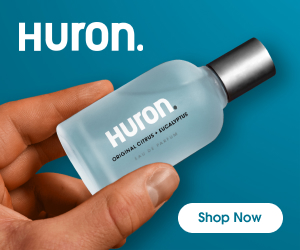
2. Get Familiar with Scent Layering, Fragrance Families, and Seasonality
The other bit of brushing up you need to do is to understand how fragrances are classified by notes, and how those notes are arranged in any scent.
Note Layering
Every fragrance has “top notes” (the scent expressions that are most prominent upon spraying, but which disappear relatively quickly); these are often citrusy and aromatic notes. They are followed by “middle notes” AKA “heart notes”, which play a more prominent role in the enduring expression, and are often aromatic or floral (even if they are subtle and unadvertised in your fragrance, these floral notes are probably present). Then there are the “base notes”, which are the final lingering notes and often the most broody and powerful. Many men’s fragrances are fixated on these woody, smoky, spicy, and ambrous notes in the base of the molecular formula.
Scent Families
I have a whole article on fragrance families, but the shorthand is this: There are a bunch of different ways scents are classified based on the way their individual note expressions play out—and in how the perfumer behind all those molecular arrangements intends you to experience the fragrance as it dissolves. These “families” of scents helps simplify purchasing decisions for consumers, because you can’t really understand how a fragrance will smell just based on its list of notes. It’s how strong and lasting each note is—and what specific variant of rose or citrus or wood that the perfumer used. These primary scent families include citrus, floral, woody, aquatic, spicy, amber, aromatic, gourmand, green, and more. You can even dive a level deeper and get into more nuanced classes like musks, smokes, vanillas, patchoulis, leathers, and so forth.
Seasonality
Usually, the classification of a scent by family or most prominent notes will help you understand whether it’s a good year-round option (and thus, great for your not-too-polarizing signature scent and for the workplace), or better for specific occasions (like date night) and seasons (like winter vs. summer). After all, something sultry might be good for a candlelit dinner, but feel totally out of place at the office. Same goes for seasonality: a spicy and warming fragrance is great for winter, bad for summer, while a crisp aquatic number shines brightest in the opposite half of the calendar.
3. Use the Web’s Best Resources for Scent Shopping and Sampling
With the above knowledge, you’re already in a better place to visit the nearest department store and to start sniffing your way from one fragrance counter to the next. And in doing so, you might find something that works for your signature scent or special occasions. Still, there’s a whole universe of fragrances out there, and the web is your best way to find something truly unique that nobody else in your orbit is wearing.
Here are the sites I like best for fragrance browsing and sampling:
Of the numerous perfume encyclopedia sites, I find Fragrantica the most useful. Its interface allows you to browse scents by brand, key notes, fragrance families, seasonality, newness, and more. And the hardcore fragrance enthusiasts of the world have populated each page with their ratings and reviews—as well as their perceptions of how long the scent lasts, how strong it projects, and its “sillage” (the trail it leaves as you walk). They’ll even “weigh” its notes and better classify the fragrances for you than the marketing teams behind each brand.
I don’t participate in the chatter on Fragrantica because my nose isn’t as sharpened as these people (they can tell if it has a speck of any minute note, I promise), so I entrust that community with enlightening me on whether or not a scent is worth my time and money. It’s an easy way to either greenlight or kabosh a scent you’ve been curious about, to find similar options (let’s say you like a colleague’s fragrance but don’t want to “steal” it from him), and to build a shortlist of fragrances I intend to sample soon (almost like a “need to read” list for books).
While there are so many sites out there that sell fragrances—as well as many brands who sell sampler packs of their scents, to help you make an informed decision—I think Luckyscent and Twisted Lily are the best. They have the broadest selection of scents—and many of them extremely arthouse or niche, no less. Both sites make it easy to discover interesting brands and choose sample vials, so that you don’t get locked into a single label. And for pretty much everything they sample, the retailers also carry a full size version.
Subscription sites like Luxury Scent Box (and Scentbird) are other ways to “try before you buy”, in that they send you monthlong samples of different scents each month. This is great for someone who wants to “live in” a scent for a while, and gather opinions before making an informed purchase. Or, it’s great for the guy who just wants something new from month to month. On the downside, you might have a month where you really dislike what you’ve been sent. Maybe keep a list of your favorites‚ and stock up on one or two as a backup for those “off months”.
4. See If Your Ideal Brand Has Sampler Sets
I alluded to this above, but maybe your favorite brand has a sampler or discovery set to help you choose a new go-to set. For example, Arquiste’s discovery kit lets you sample five of their scents. And while most brands won’t have every scent from their roster available in this way, you can still get familiar with five options from a brand you’re set on wearing. Not to mention, those sample vials come in mighty handy when you just need a “once in a blue moon” option.
5. Understand Your Intent, and the Investment
Before purchasing any fragrance—because it might be a lot of money—remind yourself of the purpose behind the purchase, and whether the scent matches your intent. Do you need a fragrance that can be worn every single day at work, and which is going to be your “signature” option? Make certain it doesn’t have polarizing powder notes or overly sensual smoky and leather expressions. Strong vanilla notes can turn noses away, and specific categories like aquatic or spicy often wear better in certain seasons as opposed to every day, all year. As for cost, if this is your signature scent, then is it something you can budget to re-purchase every 90-180 days?
And if you are looking for a scent to wear on date night or during certain seasons, then is it worth buying a full size, or is it wiser to opt for the 1.7 oz. option, since you might not go through the whole bottle before it starts to lose its luster in a few years. And be absolutely certain that it feels like an extension of “you”—meaning, if it’s a sexier or sultry scent, be sure that it still suits your charms. If it’s a more effervescent citrusy or floral expression, then it should be one that falls in line with your softer side (oh how I love men’s floral scents!), as opposed to seeming like a hand-me-down from your wife or sister.
All of this just emphasizes the importance of trying something before you purchase a full size of it, or at least diving into the encyclopedic forums like Fragrantica to educate yourself on the fragrance in question.
ADVERTISEMENT
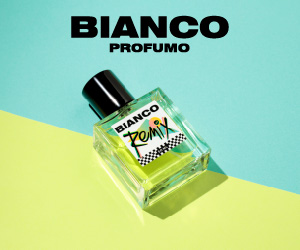
6. Be Cautious with Unfamiliar Retailers
Once you’re ready to buy a full size, please don’t look for the best bargain online. For example, while Amazon has many terrific fragrances for sale, be sure that you’re buying directly from the brand, or that it says “Sold by Amazon”. This way, you can guarantee that you won’t be sold a dupe or an expired product. Anything grossly underpriced or from a random seller (even one with many positive reviews) should be avoided. You want to buy fresh stock that has the longest possible shelf life.
7. When In Doubt, Just Trust Me
Speaking of encyclopedias… why not trust me? I may not have the nose for nuance like the Fragrantica Frequenters, but I do try hundreds of scents a year and over time will build up a good roster of fragrance content on this site. This is my favorite grooming category to write about (right up there with hair loss recovery), so I hope you’ll indulge my recommendations. So, watch Blue Print (here and on YouTube) for future recs within the fragrance families and for specific seasons and occasions.
ADVERTISEMENT


